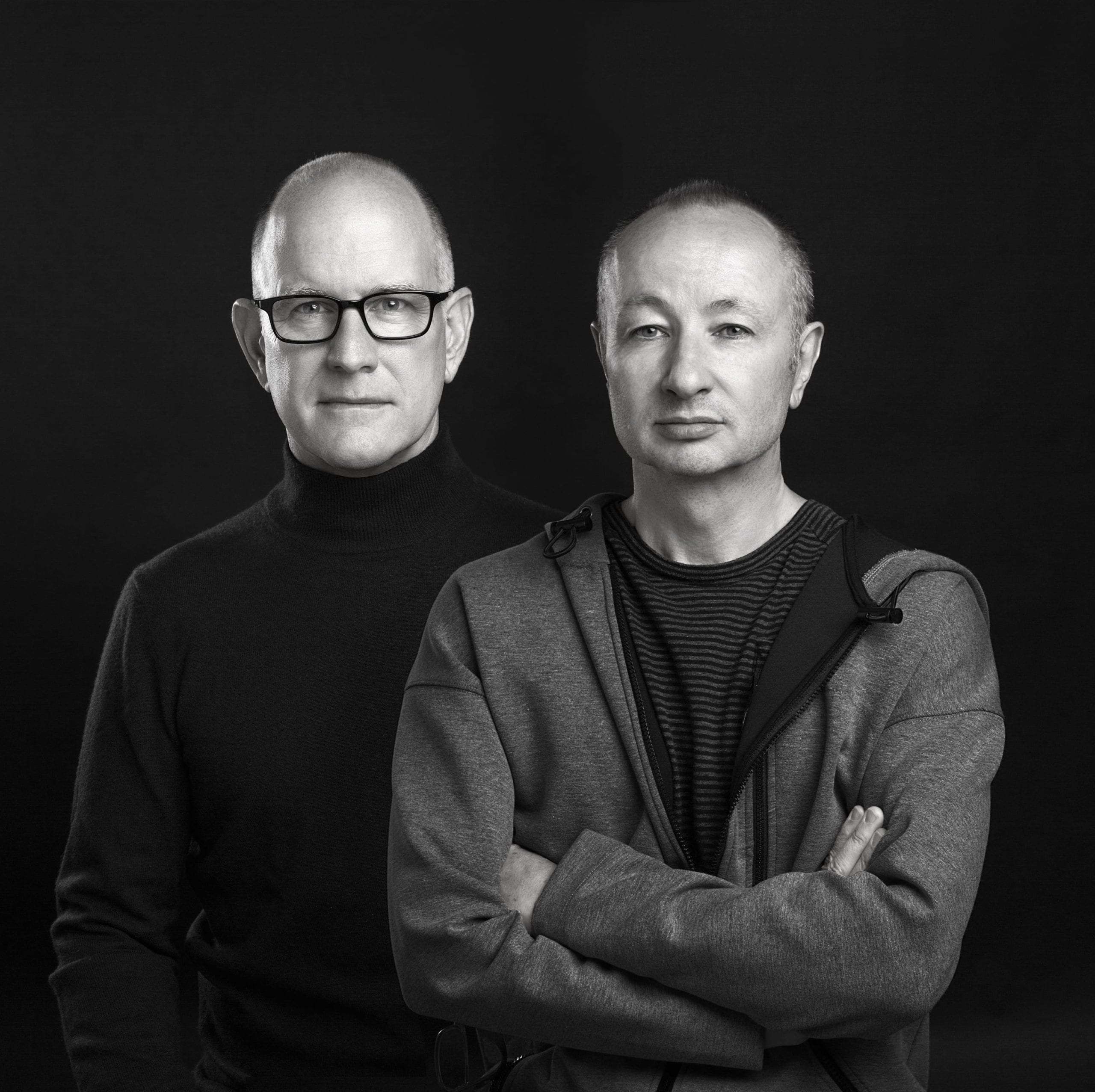The directors emphasise that they were merely the “vessel” in telling Mapplethorpe’s story. In another technique employed to personalise the design of the film’s structure, each interview with those closest to him is bookmarked by a sequence of three frames, capturing still portraits of the subject through the lense of a Hasselblad camera.
“We shot portraits of people where they lived, in their environment,” says Barbato. “Sometimes we would let the camera linger for a bit too, so you could identify with them and get a sense of intimacy and insiderness. We obsessed over all of that.”
“Now you can pick up the Hasselblad on eBay for not very much money,” adds Bailey. “It’s an obsolete form so we thought that it was valuable for the audience to see how [Mapplethorpe] did it and what he used to do it. In a way, he was one of the last analogue photographers.”
Although audio recordings of interviews with Mapplethorpe also form a substantial part of the narrative, he is predominantly physically absent from the footage. The result is almost ghostly, also played up by the way in which the interviewees will always move around the screen as the Hasselblad captures their portraits.
Coincidentally, this eerie tension extends past the cinematic effect. During an interview with writer and novelist, Jack Fritscher, he is distracted by a sudden roar of a lawn mower and a cold draft.
“What happened with Jack is what happened time and time again when we were filming,” says Bailey. “There were all these interruptions at these critical moments. It was like this, ‘Hello from the other side’- “Hello from the other side!”
Together they break into raw harmony of Adele’s hit single before quickly composing themselves once more. “It just happened so many times,” says Barbato. “People were about to say, ‘I shouldn’t say this but..’ or reveal something that was questionable and a siren would go off or someone would knock on the door.
With Edward Mapplethorpe, Robert’s brother, it would happen continuously. At one point we had a whole montage of moments like that.” The film lasts just under two hours, but numerous scenes and phases of Mapplethorpe’s life did not make it to the final edit. His work with children and the Marden family, a sequence around a beautiful snowglobe that the photographer was given by his parents at the vulnerable end of his life, and the story of the ongoing and not so friendly competition between him and Andy Warhol.
Bailey and Barbato laugh as they recall the story told to them by American journalist, Bob Colacello, where Mapplethorpe gate-crashes Warhol’s appointment to watch Rudolf Nureyev, the iconic ballet dancer, rehearse.

Nevertheless, the documentary charts a compelling trajectory of a life of an artist, not only inviting the viewer to consider the beauty in the provocative photography, but also humanising a figure who appears as a relentless pursuant of fame and recognition.
“It was important for us to make a film that tracks the evolution of an artist and his work,” says Barbato.
“But it’s also important to make a film about his strengths and his weaknesses, give him dimension and make him accessible.
“We make films about people who we assume we might not have anything in common with. We don’t intentionally want to create a broader film about someone that’s niche. We try and connect with the humanity even if it’s flawed and even if there are aspects of it that we want to criticise.
“There’s something about making films about photography that’s very interesting.”
Robert Mapplethorpe: Look at the Pictures is out in London cinemas from April 22 www.mapplethorpefilm.com
Hello from the other side: An interview with the directors of the new Mapplethorpe documentary
Pages: 1 2

